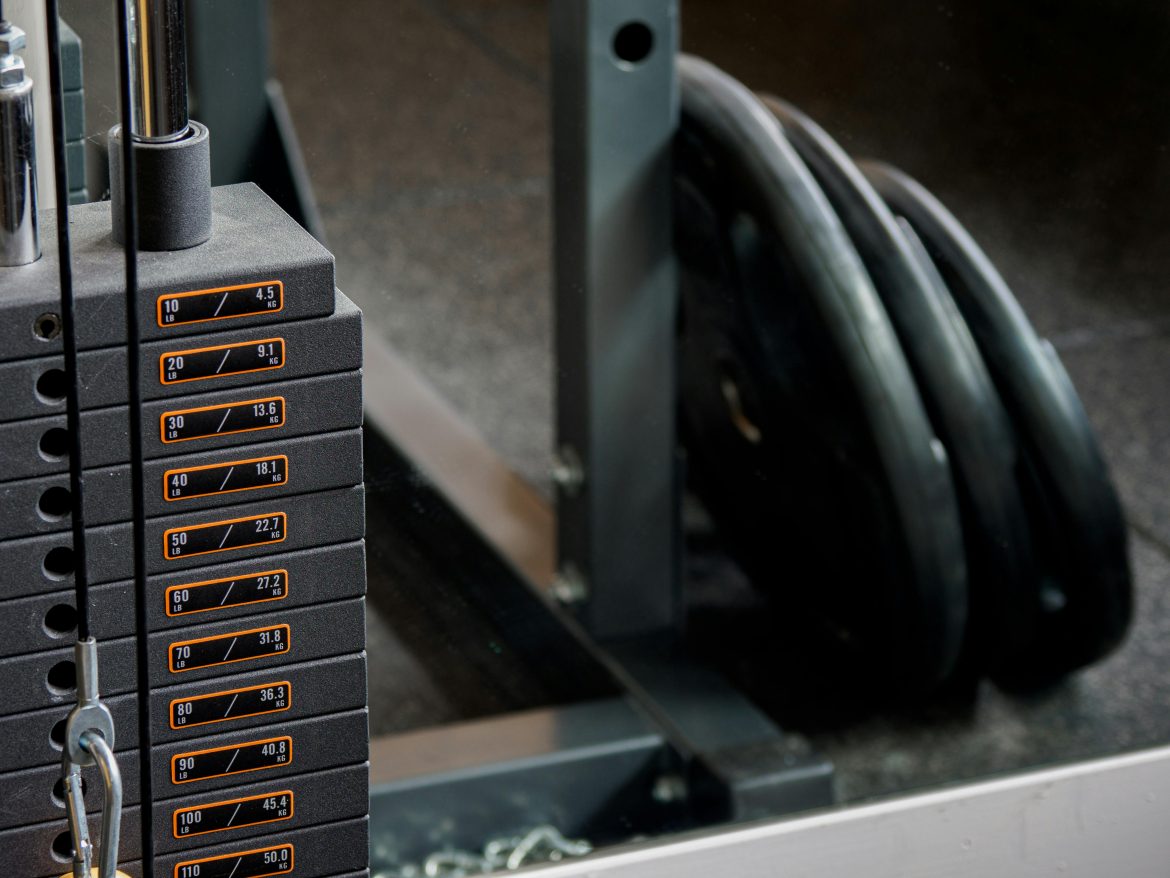Strength training is a vital component of any fitness programme, but one question continues to divide gym-goers and home workout enthusiasts alike: are free weights or machines more effective? With limited time and specific goals, choosing the right equipment can make or break a workout. Fortunately, new research offers clarity on this long-standing debate.
ALSO SEE: Cutting vs Bulking | What you need to do in the gym and when
The study that settles the score
A comprehensive review published in BMC Sports Science, Exercise, and Rehabilitation has analysed the impact of free weights and resistance machines on three key areas: maximal strength, muscle hypertrophy (growth), and jump performance. The study examined adults up to 60 years old over a minimum period of six weeks, directly comparing the two training modalities.
The results? There were no significant differences in outcomes between those who trained using free weights and those who used machines. In other words, both methods are equally effective for building strength, increasing muscle mass, and improving performance, so long as the intensity of training is matched.
Understanding free weights and machines
Despite similar results in performance outcomes, free weights and machines each offer unique benefits that may make one more suitable than the other, depending on your goals, experience level, and environment.
Benefits of free weights
Free weights such as dumbbells, barbells, and kettlebells require the user to stabilise and control the weight throughout the movement. This demand on balance and coordination engages more muscle groups and can enhance overall functional fitness.
Key advantages include
- Improved balance and stability: Free weights force your body to control the weight across multiple planes, which can enhance core strength and coordination.
- Functional application: Movements with free weights tend to mimic real-life activities, making them more practical for daily function.
- Versatility: Exercises can be customised by adjusting grip width, stance, or range of motion, allowing for targeted muscle engagement.
- Convenience: Especially useful for home workouts, free weights require minimal equipment and space.
Benefits of resistance machines
Machines provide a controlled environment, guiding your movements and helping you isolate specific muscle groups. This can be particularly useful for beginners or individuals recovering from injury.
Key advantages include:
- Beginner-friendly: Machines simplify movement patterns, reducing the risk of poor form or injury for those new to strength training.
- Targeted muscle isolation: Ideal for focusing on specific areas, such as arms or legs, without engaging secondary stabilising muscles.
- Safety: The guided motion and built-in support systems make machines a safer option, especially when training alone or lifting heavy weights.
- Progressive overload: Machines allow for precise weight adjustments, enabling consistent increases in resistance for muscle growth.
Can you build muscle using only machines?
The short answer is yes. As the study confirms, both machines and free weights can induce similar muscle-building responses when used at comparable levels of intensity. Your muscles respond to resistance and tension, not to the source providing them. Therefore, a well-structured programme using only machines can be just as effective for hypertrophy and strength development as one using free weights.
The nest approach? Combine both
While beginners may find machines more accessible, incorporating both modalities into a training programme offers the most comprehensive benefits. Starting with machines can help develop neuromuscular coordination, allowing you to learn how to contract and control muscles effectively. Once confident, transitioning to free weights can enhance balance, stability, and functional strength.
Think of it as a progression: begin with machines to establish a strong foundation, then integrate free weights to challenge your body in new and dynamic ways.
The debate between free weights and machines is less about which is superior and more about which is right for you. The latest research confirms that both are equally effective in building strength and muscle, so the decision comes down to your personal preferences, goals, and training environment.
Incorporating both into your routine can yield the best results. Whether you’re training at home with dumbbells or working through a circuit of machines at the gym, the key is consistency, intensity, and proper form. Choose the tools that keep you motivated, confident, and progressing – and you’ll be on the right path to achieving your fitness goals.
ALSO SEE:
Featured Image: Pexels

